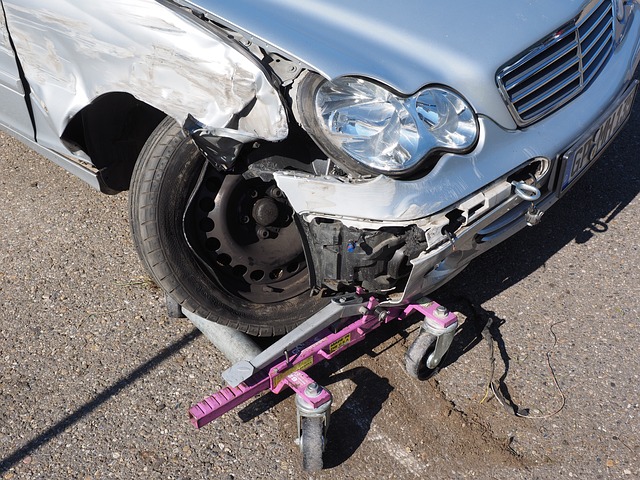How to Verify Your Details on a Plate Lookup Site
Using a plate lookup site can be a valuable tool for obtaining information about a vehicle, whether you’re buying a used car or checking its history. However, ensuring that the details you receive are accurate and verified on a legitimate plate lookup site is important. This article provides a guide on effectively verifying your details on a plate lookup site.
Choosing a Reliable Plate Lookup Site

The first step in verifying your details is selecting a reliable plate lookup site. Look for sites with positive reviews, a professional appearance, and clear contact information. Trusted sites often have certifications or endorsements from automotive or consumer protection organizations. Avoid domains that ask for excessive personal information or seem unprofessional.
Submitting Accurate Information
When using a plate lookup site, ensure you accurately enter the correct license plate number and any other required details. Double-check the characters to avoid mistakes; even a small error can lead to incorrect information. Some websites may also ask for extra details, such as the state of registration or vehicle identification number (VIN), to provide more precise results.
Cross-Referencing Information
Once you receive the details from the plate lookup site, it’s crucial to cross-reference the information with other sources. Compare the data with the vehicle’s registration documents, insurance papers, and any previous reports you may have. If there are discrepancies, it may indicate an issue with the lookup site or the vehicle’s history.
Verifying With Official Sources

For additional verification, you can cross-check the details obtained from the plate lookup site with official sources. Contact your local Department of Motor Vehicles (DMV) or equivalent authority to confirm the vehicle’s registration status and history. Some regions offer online services where you can verify vehicle information using the VIN or license plate number.
Checking for Red Flags
Look out for any red flags in the report the plate lookup site provided. These may include vehicle history inconsistencies, such as different model years or unexplained mileage changes. Pay attention to any reported accidents, title issues, or maintenance records that don’t match what you know about the vehicle. If anything seems suspicious, seek further verification from other sources or professionals.
Consulting a Professional
If you’re still unsure about the accuracy of the information, consider consulting a professional, such as a mechanic or a car dealership. They can thoroughly inspect the vehicle and verify the details obtained from the plate lookup site. This step is crucial if you’re considering purchasing the vehicle, as it can save you from potential issues.
Keeping Records

Maintain a record of all the information you gather during the verification process. This includes the report from the plate lookup site, additional documents from the DMV, and notes from professional consultations. Keeping organized records will help you track any discrepancies and provide evidence if you need to address any vehicle history issues.
Verifying your details on a plate lookup site is essential in guaranteeing the accuracy and reliability of the information you receive. You can confidently verify your vehicle’s details by choosing a reputable site, entering accurate information, cross-referencing with other sources, and seeking professional advice. This process helps you make informed decisions and protects you from potential pitfalls associated with inaccurate vehicle histories.…








 When renting a car, you can choose from a wide range of vehicles, including luxury cars and vans that may be otherwise inaccessible if you purchase them outright. This makes renting an excellent choice for special occasions or events where you need something special but doesn’t want to spend the money. You also don’t need to worry about the car being too old or having mechanical problems, as rental companies typically only offer vehicles that are regularly maintained and in good condition.
When renting a car, you can choose from a wide range of vehicles, including luxury cars and vans that may be otherwise inaccessible if you purchase them outright. This makes renting an excellent choice for special occasions or events where you need something special but doesn’t want to spend the money. You also don’t need to worry about the car being too old or having mechanical problems, as rental companies typically only offer vehicles that are regularly maintained and in good condition.



 If you become a race car driver, you can look forward to the excitement of the race. When else would you get to drive a car at high speeds, navigate sharp turns, and feel the rush of adrenaline?
If you become a race car driver, you can look forward to the excitement of the race. When else would you get to drive a car at high speeds, navigate sharp turns, and feel the rush of adrenaline? Another great perk of being a race car driver is the social environment that comes along with it. You get to meet so many new and interesting people, both drivers and fans alike.
Another great perk of being a race car driver is the social environment that comes along with it. You get to meet so many new and interesting people, both drivers and fans alike.
 The first factor that you should consider when choosing a towing service is located. It is essential to note that there are many towing companies located in different places. Car problems can sometimes be unpredictable. You may encounter a problem when you are in another city. You need to hire a service that will react quickly and come to your location.
The first factor that you should consider when choosing a towing service is located. It is essential to note that there are many towing companies located in different places. Car problems can sometimes be unpredictable. You may encounter a problem when you are in another city. You need to hire a service that will react quickly and come to your location. The second factor you should put into consideration is insurance. The towing process is complicated sometimes. It is common for cars to be damaged when being towed. It will be a letdown to pay for towing services and the damages that happened when your car is towed. It is advised to choose a towing service provider with an insurance policy that will favor you.
The second factor you should put into consideration is insurance. The towing process is complicated sometimes. It is common for cars to be damaged when being towed. It will be a letdown to pay for towing services and the damages that happened when your car is towed. It is advised to choose a towing service provider with an insurance policy that will favor you. Most of these kinds of BMW features can also be used for other purposes, including controlling music systems, controlling the seatbelts, and many other things. They will also give you the option of displaying graphics to easily see your car and see exactly where it is going. This is very useful because you can make sure that you aren’t losing control of your vehicle when you are driving, and you need to make adjustments if you’re not comfortable quickly.
Most of these kinds of BMW features can also be used for other purposes, including controlling music systems, controlling the seatbelts, and many other things. They will also give you the option of displaying graphics to easily see your car and see exactly where it is going. This is very useful because you can make sure that you aren’t losing control of your vehicle when you are driving, and you need to make adjustments if you’re not comfortable quickly. If you’re looking to purchase one of these for your car, you should consider a BMW with this over the top technology to make your driving experience better. They are available from many different online dealers, and you should be able to find exactly what you are looking for at a price that you can afford. You can find these screens in many different styles, so you can choose something that matches your car perfectly and that fits right into your budget. There are also some great deals available if you buy multiple units, so you can ensure that your vehicle looks great while it’s driving itself.
If you’re looking to purchase one of these for your car, you should consider a BMW with this over the top technology to make your driving experience better. They are available from many different online dealers, and you should be able to find exactly what you are looking for at a price that you can afford. You can find these screens in many different styles, so you can choose something that matches your car perfectly and that fits right into your budget. There are also some great deals available if you buy multiple units, so you can ensure that your vehicle looks great while it’s driving itself.




